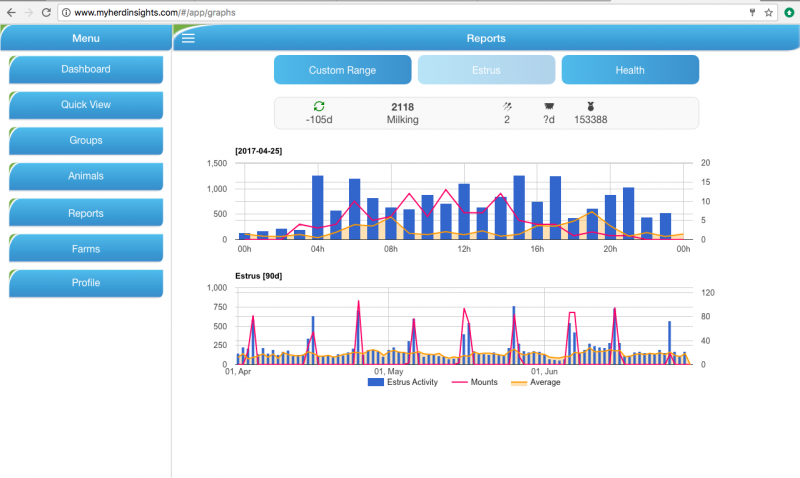PRE-BREEDING PERIOD
At the pre-breeding stage we want to ensure cows are fit for breeding with early identification of metabolic issues. Cows start cycling 2-3 weeks post-partum but 90% of these heats are silent, HerdInsights detects these heats, identifies cystic and non-cycling cows. Early intervention ensures cows that are eligible become pregnant quicker.
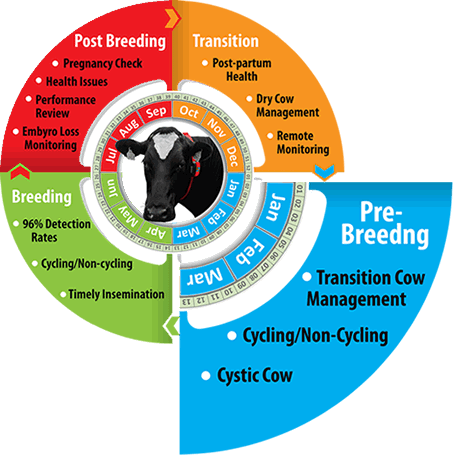
“This system enables me to ensure my cows are ready for AI come breeding season…… delighted with both the system and service.” – David Rose, Wexford, Ireland. 200 collars
Key Focus Areas During This Period Include:
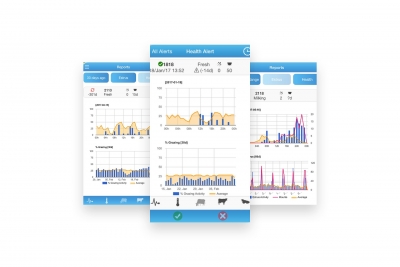 Transition Cow Management
Transition Cow Management
It is at this stage we need to take time to check and work towards reducing the incidence of clinical and subclinical disease within the herd as these will have a negative effect on production and fertility.
Diseases are divided into clinical such as mastitis, lameness, milk fever, retained placenta, or displaced abomasum, but there are also subclinical diseases which can be more difficult to identify.
The duration of these diseases can be quite short, but the effects may persist through the entire lactation, and the incidence of these diseases can have a profound effect on the number of days it takes to get cows pregnant.
For Further Information On Transition Cow Management Click On Headings Below
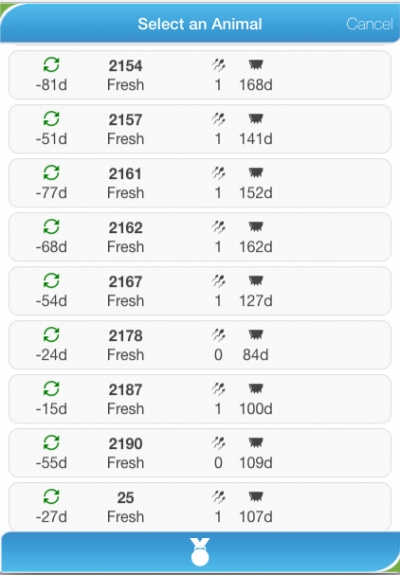 Cycling/Non-Cycling
Cycling/Non-Cycling
On most farms a proportion of cows will be anoestrus (i.e. not displaying behavioural heat) at the start of the breeding period.
Most cows should display behavioural heat 38 – 47 days post calving, failure to show signs of heat by 60 days after calving is called postpartum anoestrus which can be due to true anoestrus or suboestrus.
How Can HerdInsights Help?
- Generate a list of cows pre breeding that are not cycling relative to their calving date
- HerdInsights highlights the calving to first heat period
For Further Information On Cycling/Non-Cycling Click On Headings Below
 Cystic Cow
Cystic Cow
Cystic ovarian disease (COD) in cows is usually seen in the first two months post calving. Major categories of cysts include follicular cysts, luteinized follicular cysts and cystic corpora lutea.
Abnormal estrous behaviour patterns are the most noticeable sign of cystic ovarian disease. This includes persistent oestrus, shortened oestrus intervals or failure to cycle (anoestrus). Anoestrus is by far the most common sign.
How Can HerdInsights Help?
HerdInsights detects both follicular and luteal cysts. is an example of a cow with a follicular cyst. Repeated estrus behaviour is observed approximately every 10 days. Early intervention of cystic cows within a herd enables earlier intervention pre-breeding, an increase in submission rates and ultimately more cows pregnant quicker.
- HerdInsights, with a 96% estrus detection rate, is very effective in determining when a cow is not cycling
- HerdInsights generates a report of all non-cycling cows relative to their DIM. This report will identify those problematic cows prior to your breeding commencement date which, again, will enable earlier intervention pre-breeding rather that at the end of your breeding period!
This early intervention can save a culled cow……….what is a culled cow worth to you?
For Further Information On Cystic Cow Click On Headings Below

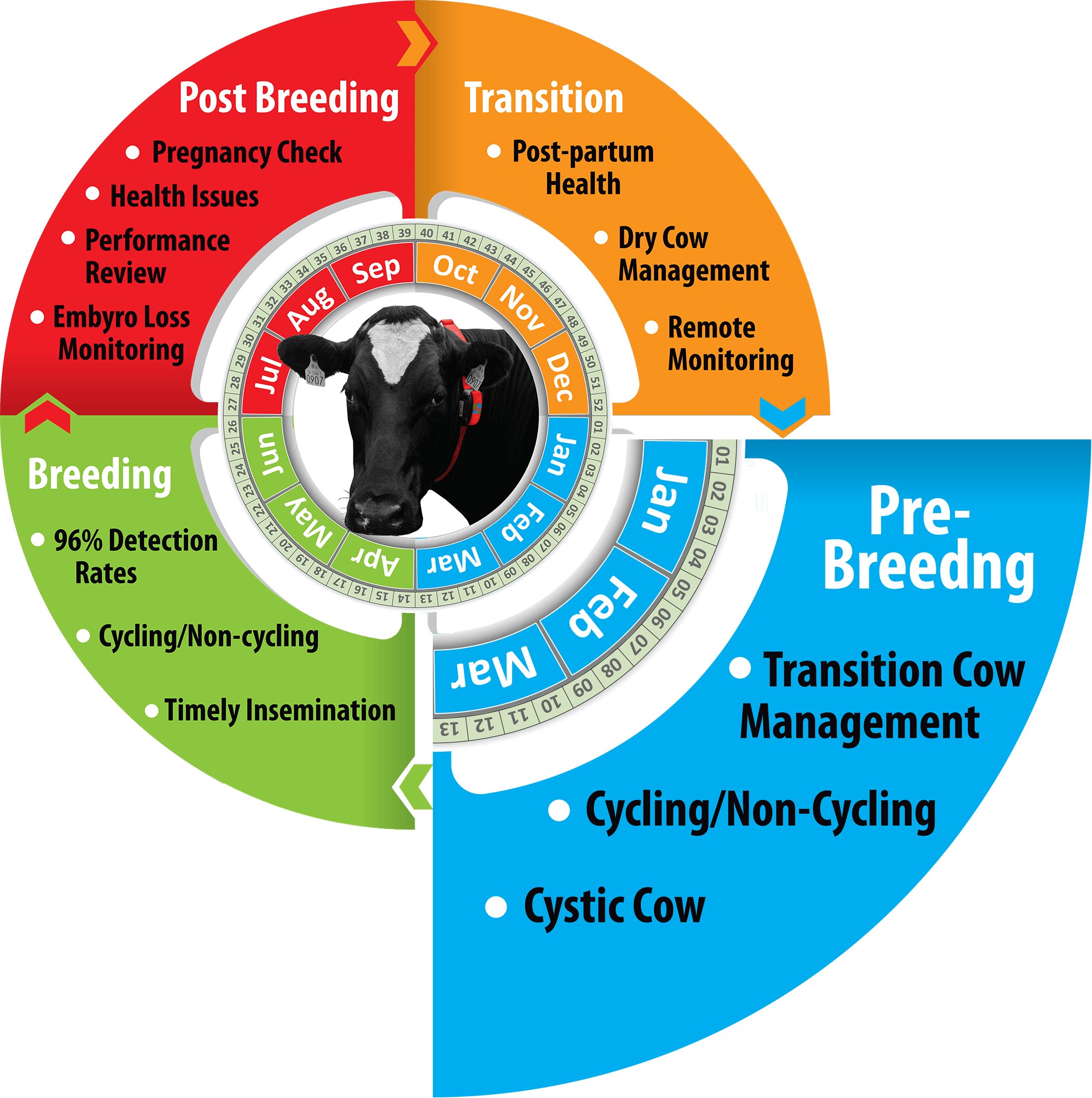

TESTIMONIAL
The decision to go with HerdInsights has proven to be a great investment. I have achieved a 99% 6-week submission rate with very little effort and saved a labour unit. I have every confidence that HerdInsights is looking after my herd health and breeding effectively and reliably – it’s an integral part of our farm management system. In addition to this you get proactive support from Ireland – the personal touch.

 On most farms a proportion of cows will be anoestrours (i.e. not displaying behavioural heat) at the start of the breeding period. Most cows should display behavioural heat 38 – 47 days post calving, failure to show signs of heat by 60 days after calving is called postpartum anoestrus which can be due to true anoestrus or subestrus.
On most farms a proportion of cows will be anoestrours (i.e. not displaying behavioural heat) at the start of the breeding period. Most cows should display behavioural heat 38 – 47 days post calving, failure to show signs of heat by 60 days after calving is called postpartum anoestrus which can be due to true anoestrus or subestrus.